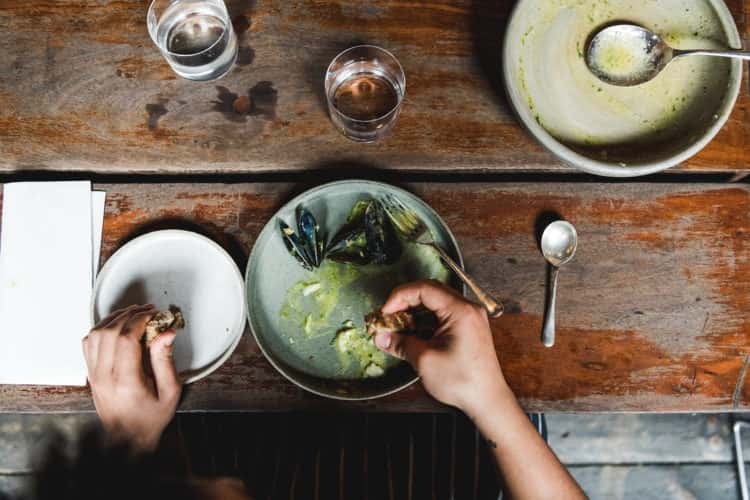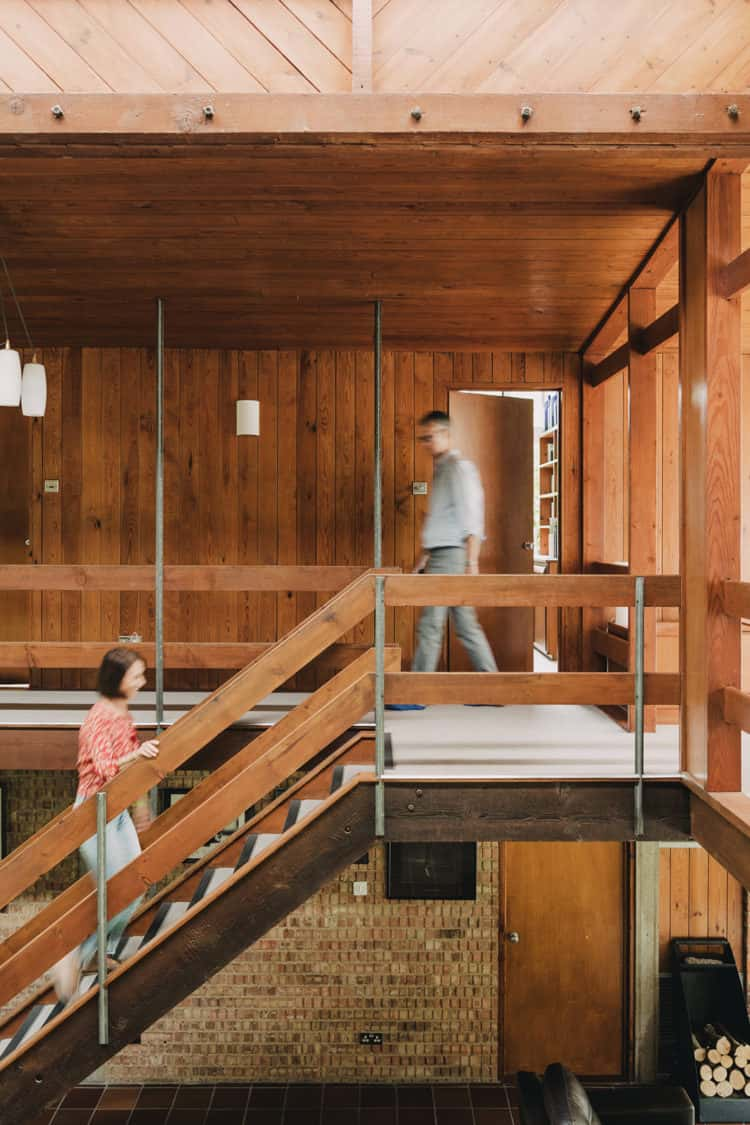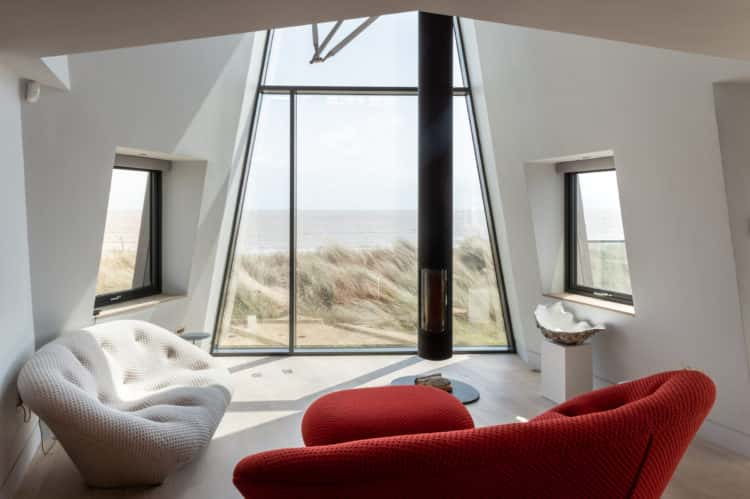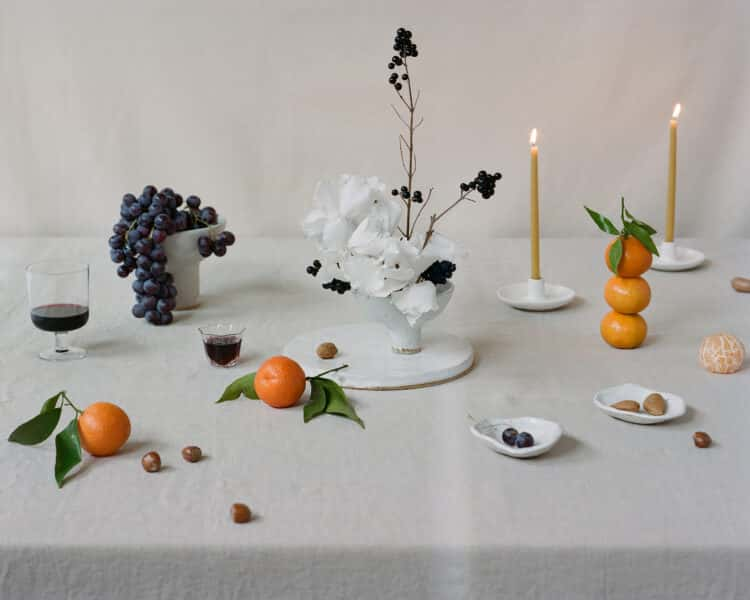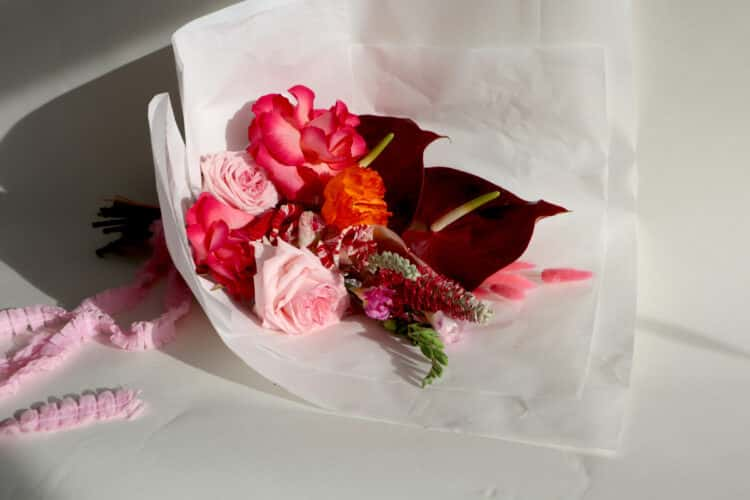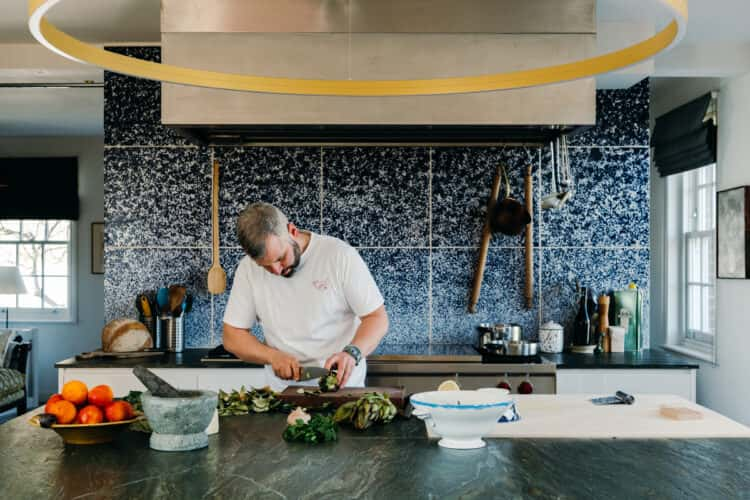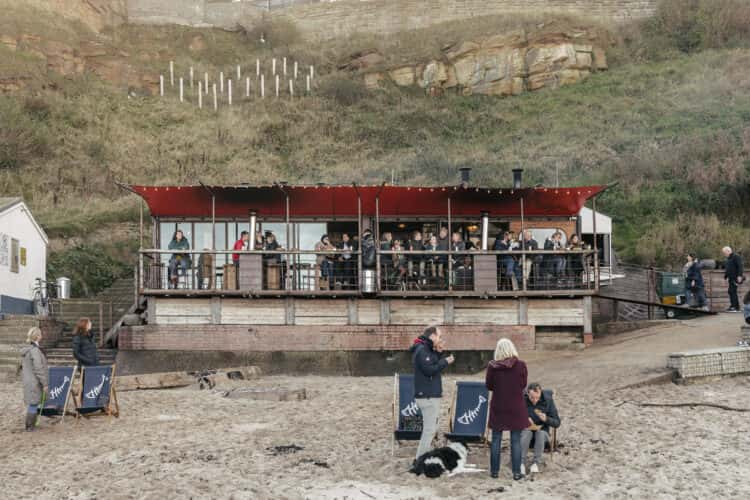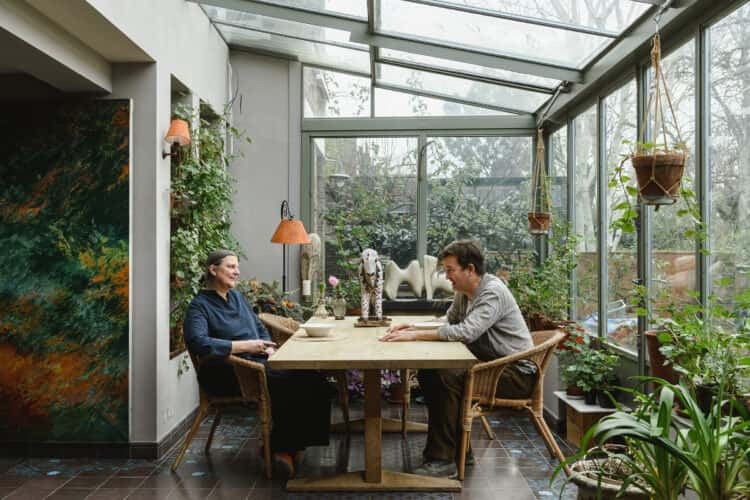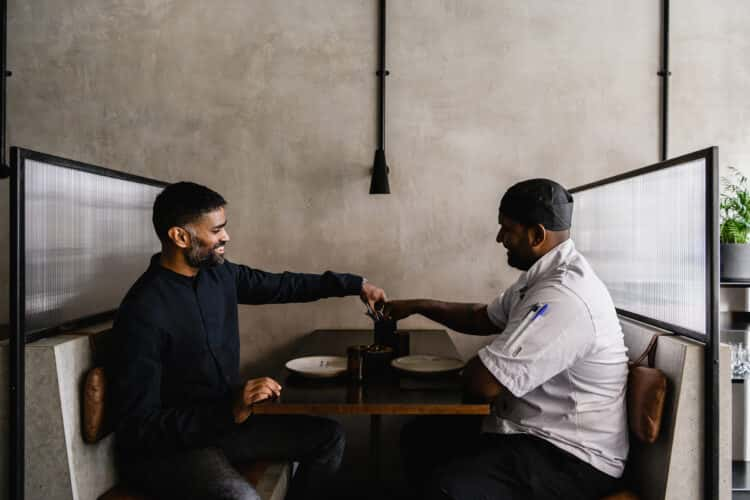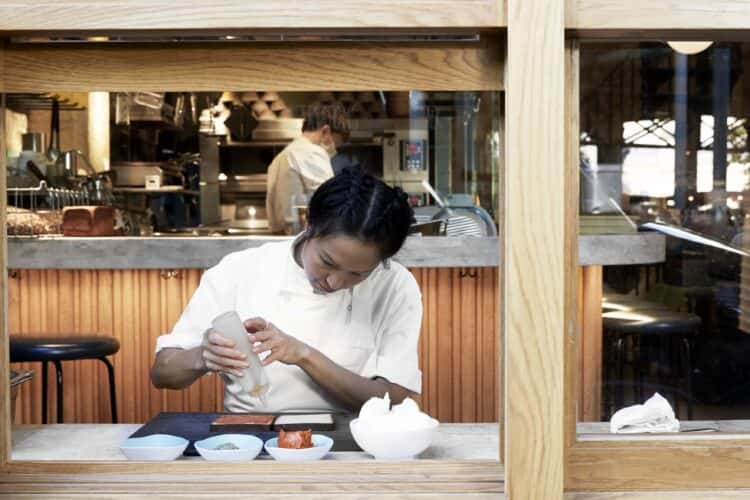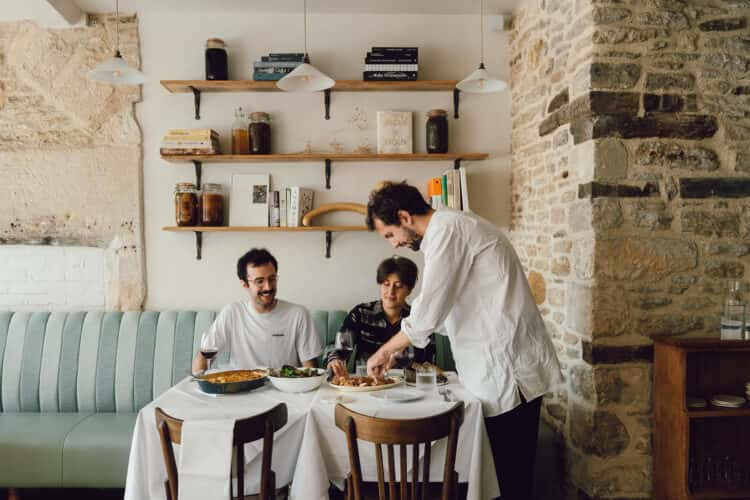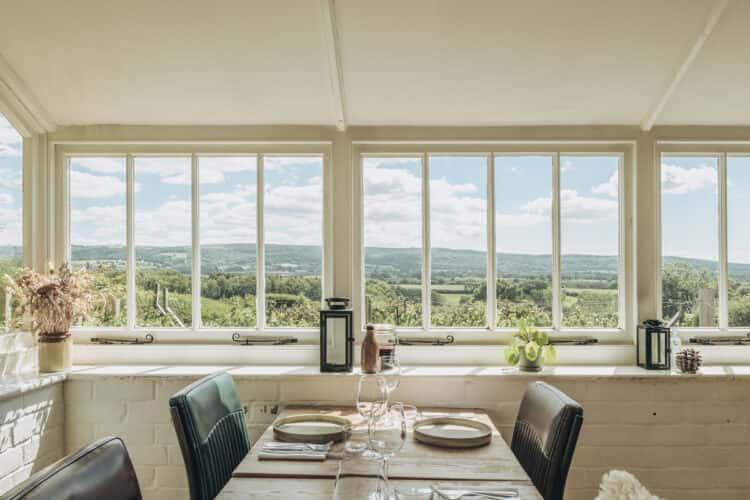The Modern Menu: a recipe for coley and mussels from Andrew and Ben Radford at family-run Timberyard in Edinburgh
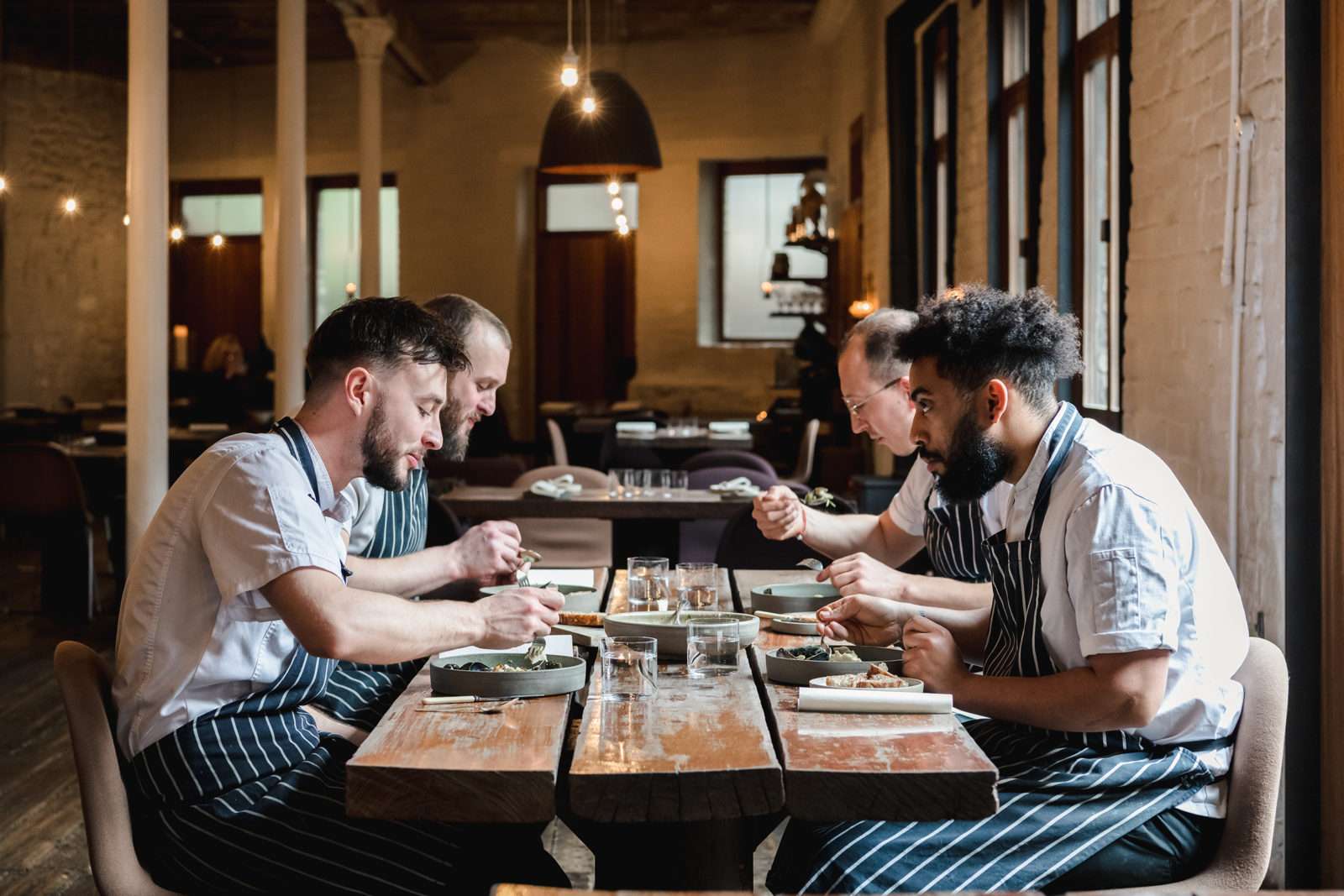
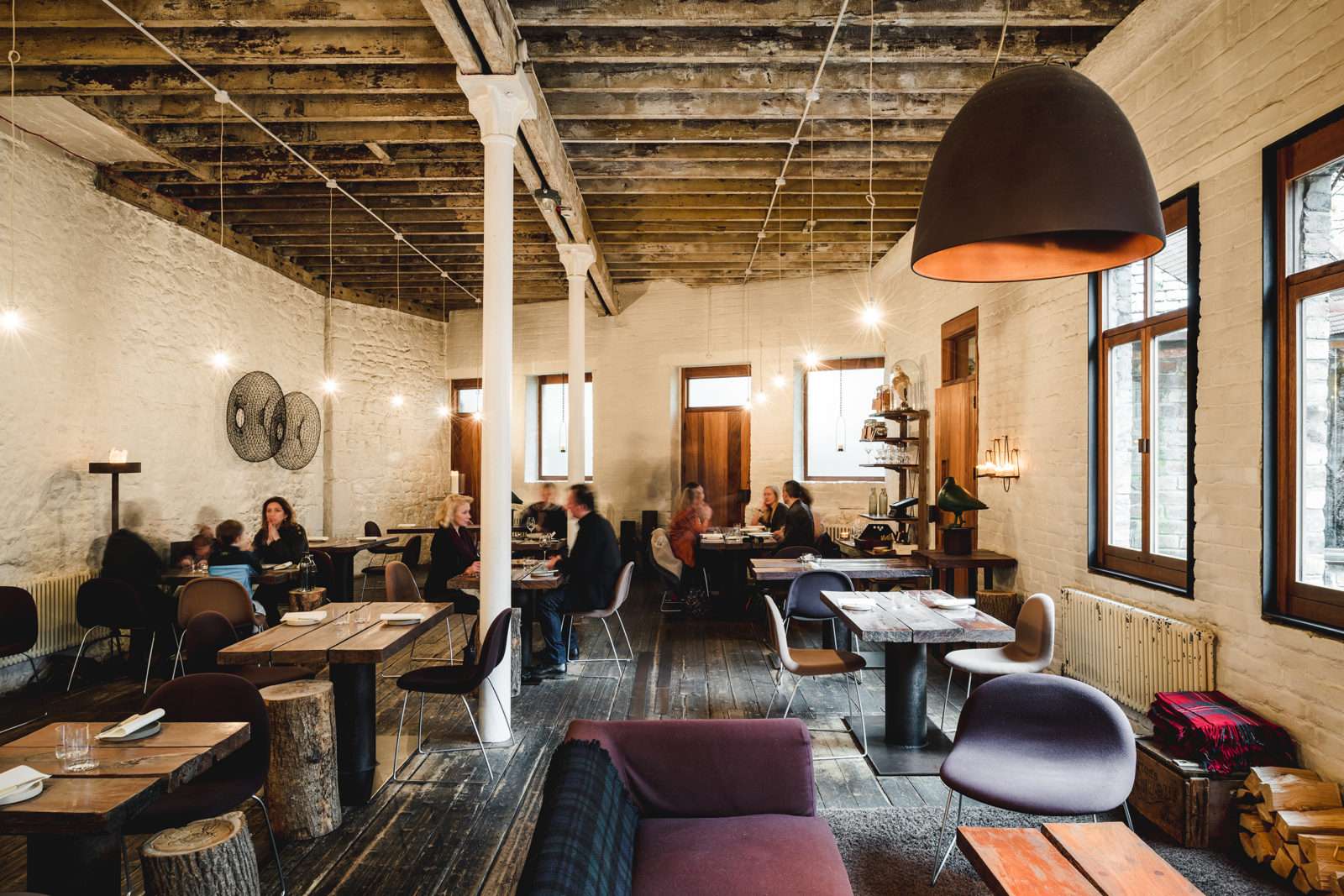
Andrew: “We thought the next one would maybe be just a small café or something, 30 or 40 seats! And then we stumbled across this huge warehouse with over 9,000 sq ft…
“We evolved quite organically as a family restaurant. Ben decided on cooking as a career anyway, I think, having seen Lisa and I run restaurants for 30 or 40 years here in Edinburgh. Abi did an art and photography courses, and that kind of brought her back into the fold through food photography. And Jo, our youngest son, studied psychology in Glasgow, but had a huge interest in natural wines.
“Lisa and I had run two restaurants and decided to take a break. Then, the kids were looking to do something by themselves and the five of us just said, ‘Well, why don’t we do something together?’
“When we first saw the space it was all bricked up windows, damp and dark, but full of character. It hadn’t been used since 2005, except very occasionally during the Fringe. Initially, we wondered if it was too industrial. We walked away from it on a couple of occasions, just thinking, ‘It’s too big and ambitious for a family to run as a small restaurant.’
“But something pulled us back and we thought, ‘Well, if we did it all together and we took our time, we could establish this’. So, it just kind of happened. When we took the bricked-up windows out it changed so much and became an immediately warmer, more inviting space.
“Escaping from the hustle and bustle of a busy capital city and walking through and sitting at a table that feels solid just makes people feel relaxed, and they often say it to us. That has to contribute to the wellbeing of the guests and how much they enjoy their meal, so I think design is a part of many bits that come together to make a whole, greater than the sum of its parts.
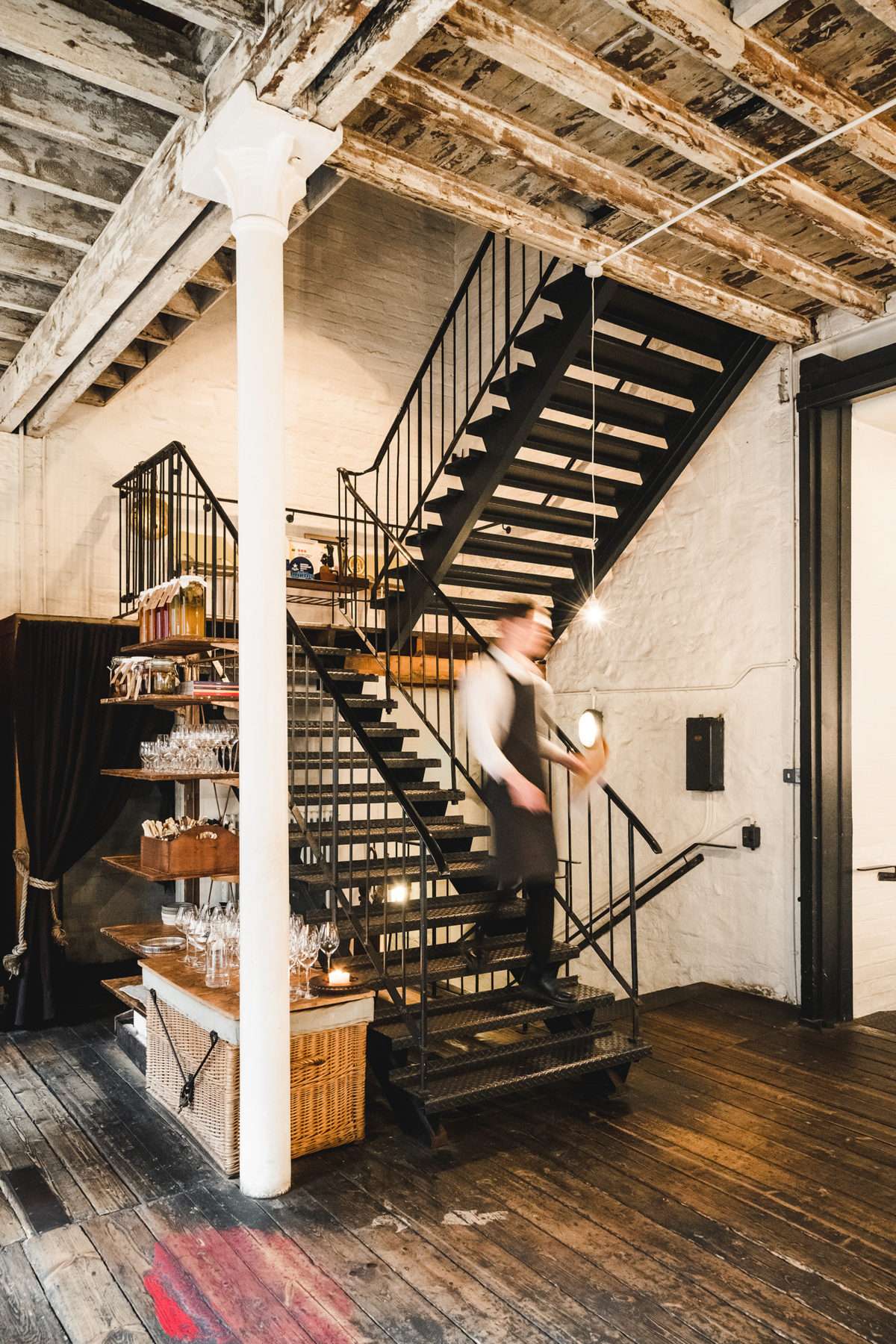
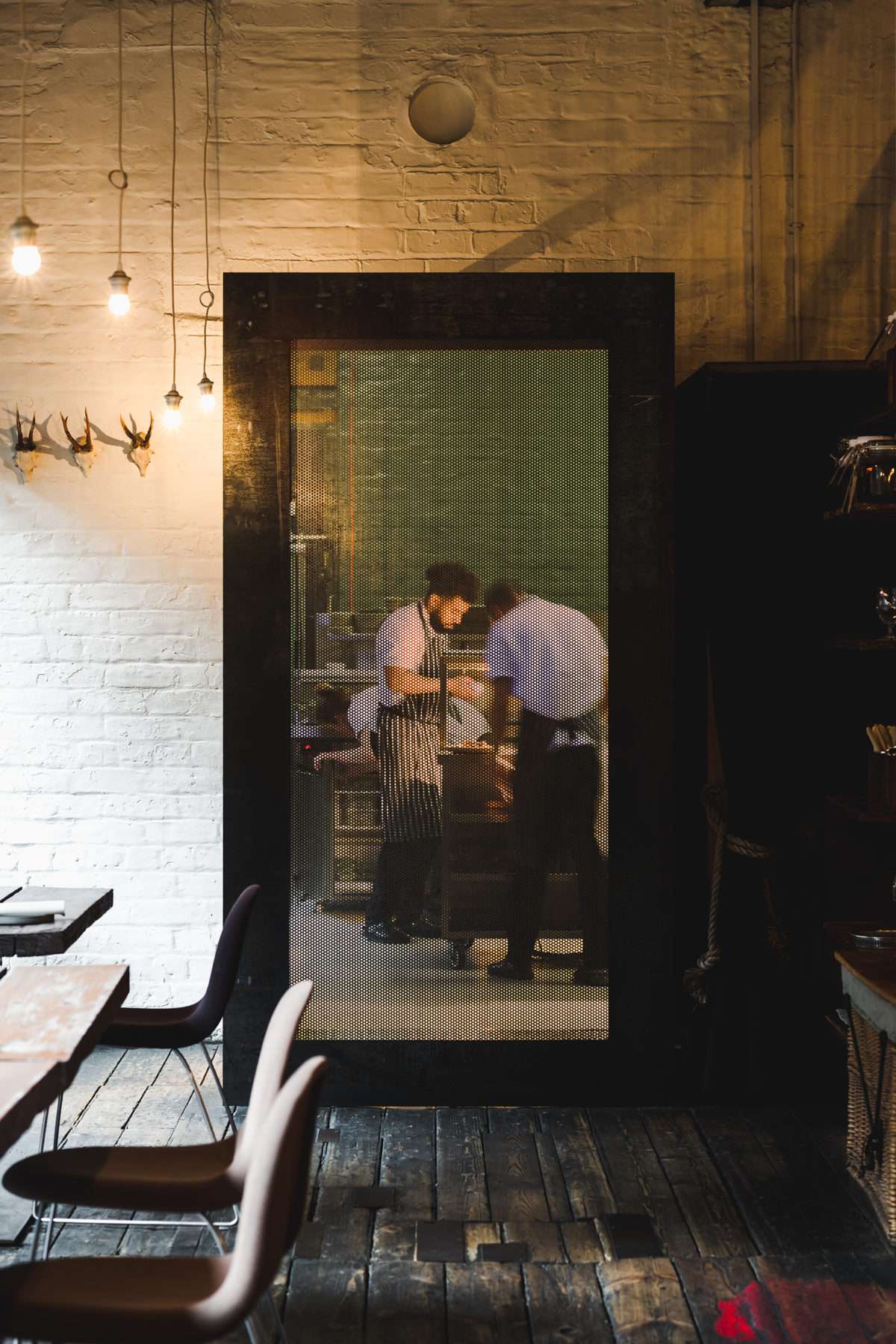
“I think the same things apply at home too. Whether you’re eating by yourself, or with your partner, or with your children with you, I think it’s important to have somewhere that’s safe, comfortable and inviting, and familiar … somewhere that feels like home. Although it’s nice to invite people over for dinner, our home is a nice private place to have the family come together to eat.
Ben: “My dad worked as a chef while we were growing up, and I think I developed an appreciation of good food from a very early age because of that. I remember when I was five, my favourite meat was wood pigeon, and I loved blue cheese as a kid!
“Growing up, I remember sitting at the table in the garden and sharing big plates of sardines, smoked salmon or langoustine, and big salads like Panzanella. It was an outdoor, alfresco way of living, or as much as living in Scotland allowed for.
“So that’s how we were brought up, with big sharing plates and an emphasis on home cooking. They opened their first restaurant together when I was nine, and I remember running around serving bread to guests on the opening night, which was great fun.
“I always enjoy cooking at home now. There aren’t any rules at home, no strict recipes. You can just kind of free flow with it, which is a bit nicer. Can I just use what I’ve got in the fridge? Or go to farmer’s market and just pick up what I fancy, or whatever’s cheap and available.

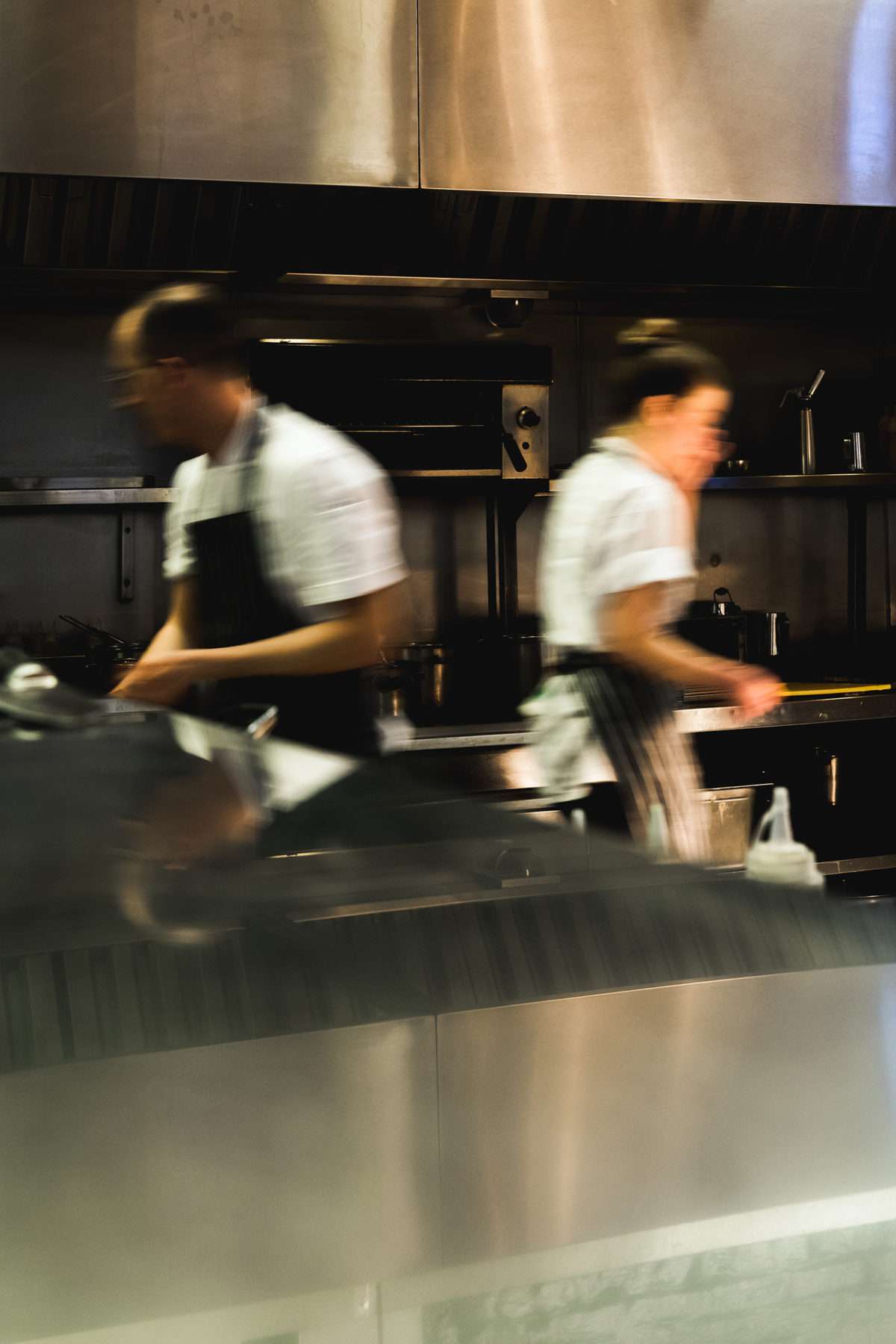
Andrew: “I think of myself as an over-enthusiastic home cook, and I haven’t cooked professionally for years now. I can’t do what these youngsters are doing!
“I enjoy simple cooking at home. Scotland’s so good for seafood and vegetables. My wife, Lisa, is vegan, so that presents some interesting challenges and means I tend to eat a lot of vegetarian food. We make a good broth every week and roast off a big pan of root vegetables, and then into that we add extras: a little bit of fish for me, and a little bit of vegan stuff for Lisa, or maybe some extra pulses.
“So lots of good soups and lots of good broths, and at weekends we have great puddings – Lisa’s very good at baking. But because running a restaurant means time is quite limited, we try to keep it simple.
“For big family meals at home, Ben and I cook. We had Christmas lunch here, actually. With three grandchildren, three children, partners, great-grandparents, there were about 16 of us, so we decided to have one long table here, and it was great. Ben and I get on quite well in the kitchen – I tend to let him take the lead. He’s slightly stronger than me in terms of needing what he wants!
“Jo’s a great cook too, so is Abi– we all kind of enjoy it. Well, we have our moments, of course. There are some fairly heated periods but mostly it just kind of works.”
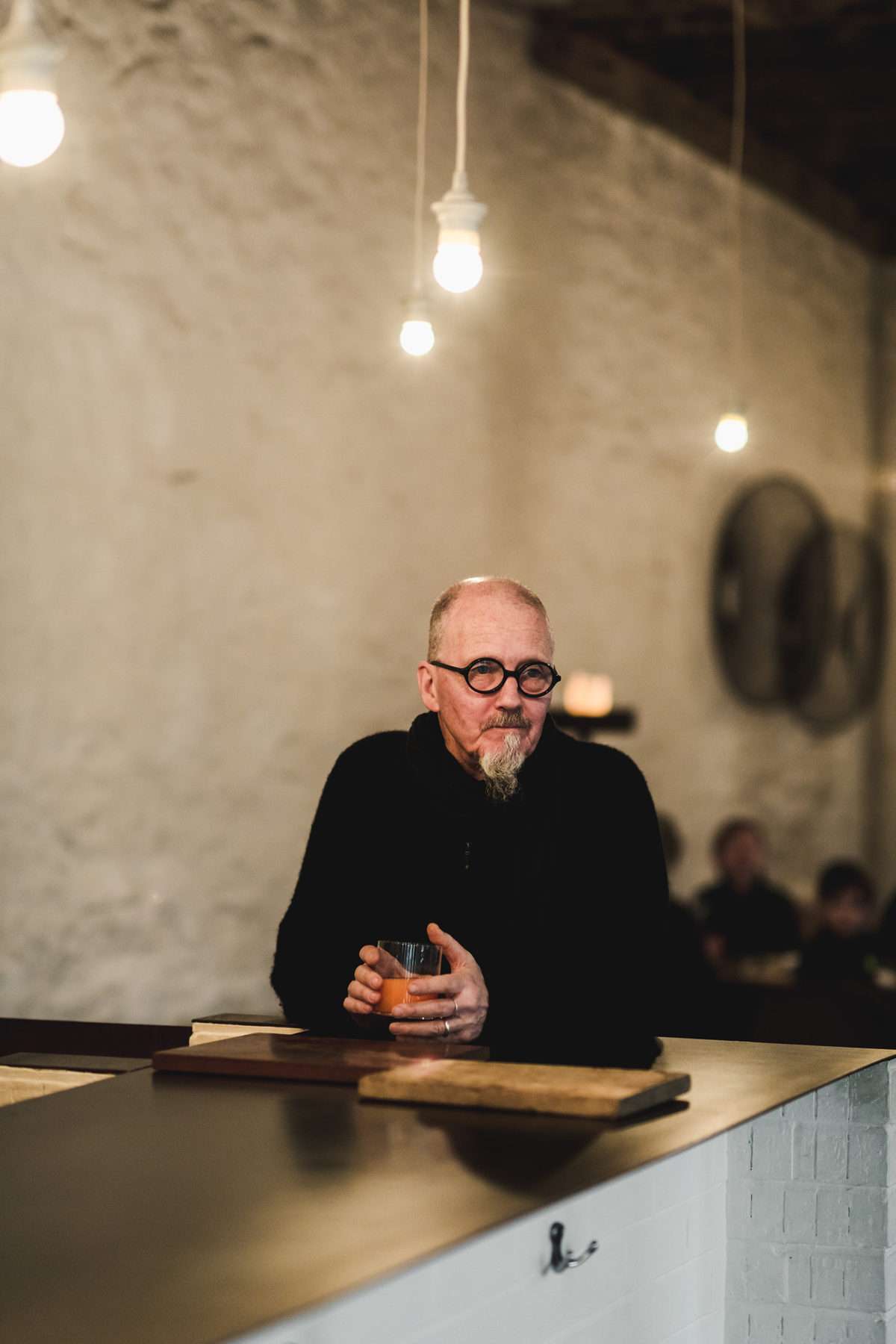
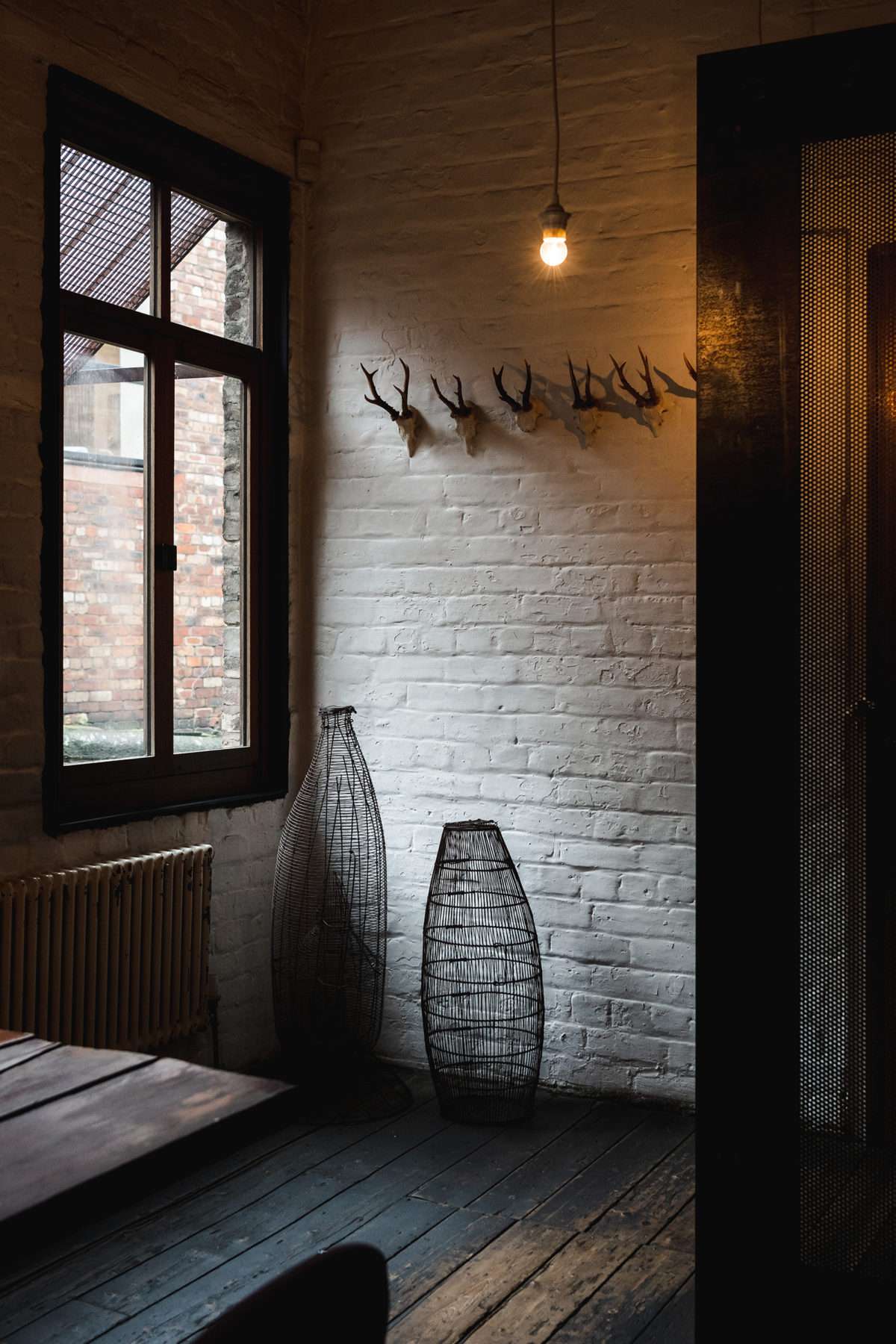
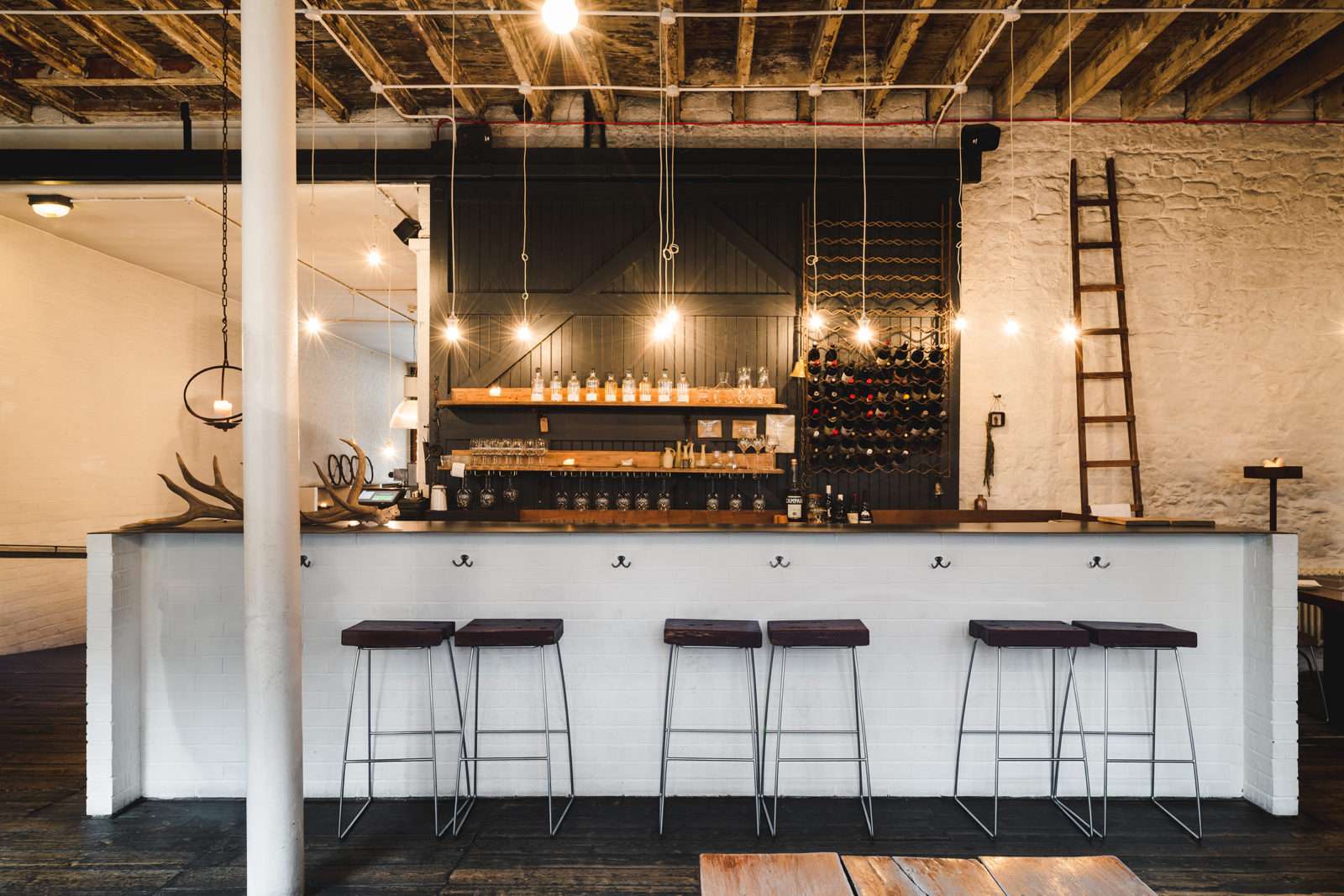
Ben: “If I have a Sunday at home, I’ll do a simple roast chicken usually. And then with the bones, I’ll make a stock, which is enough to have chicken soup for the rest of the week. Roast beef now and again, salmon sometimes, steak with salad, things like that. But usually it’s a roast chicken.
“Here we are very much season-led. A lot of restaurants can throw around the terms local and seasonal, but that’s kind of always been our ethos, and the ethos of everywhere I’ve worked, to be honest.
“Whilst things might appear quite technical on a plate, when you strip it down they are quite simple, and it’s often just classic pairings of ingredients. We’re not doing anything too daring, nothing anything too out there. Just ingredient-led, classic, home-style restaurant cooking.”
Andrew: “Part of my role now is making daily escapes from the restaurant to the seven hills that surround Edinburgh, picking a lot of produce, which I greatly enjoy. Things from larch to pineapple chamomile to wild leeks and garlic to crab apples and rosehips, which I leave the lion’s share of here, but take some home.
“The kitchen and the bar, run by my son Jo, are both keen to get their hands on what comes in. All of our drinks are made in-house, and we make alternatives to things like Coca-Cola or Schweppes Tonic, with stuff that I forage.
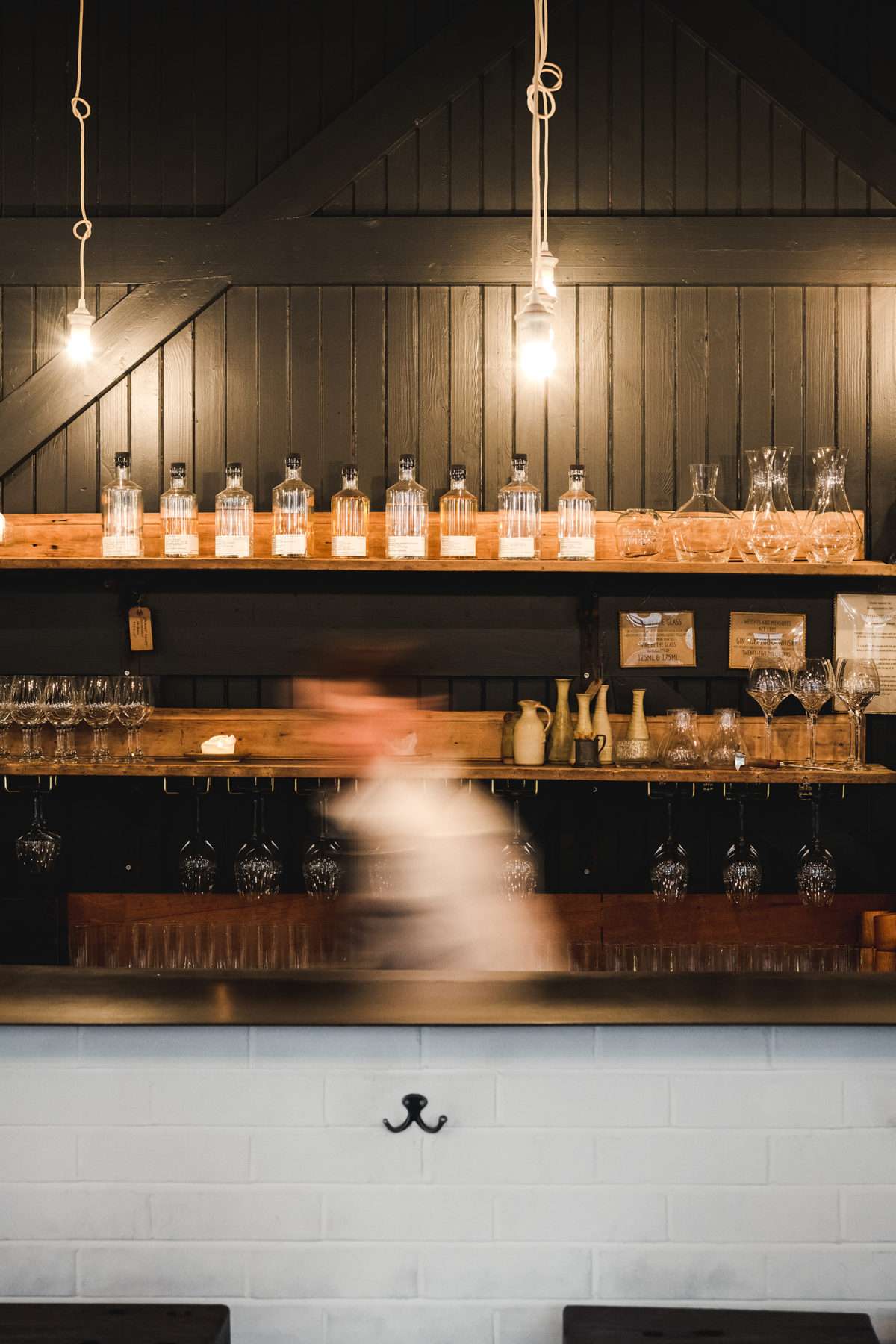
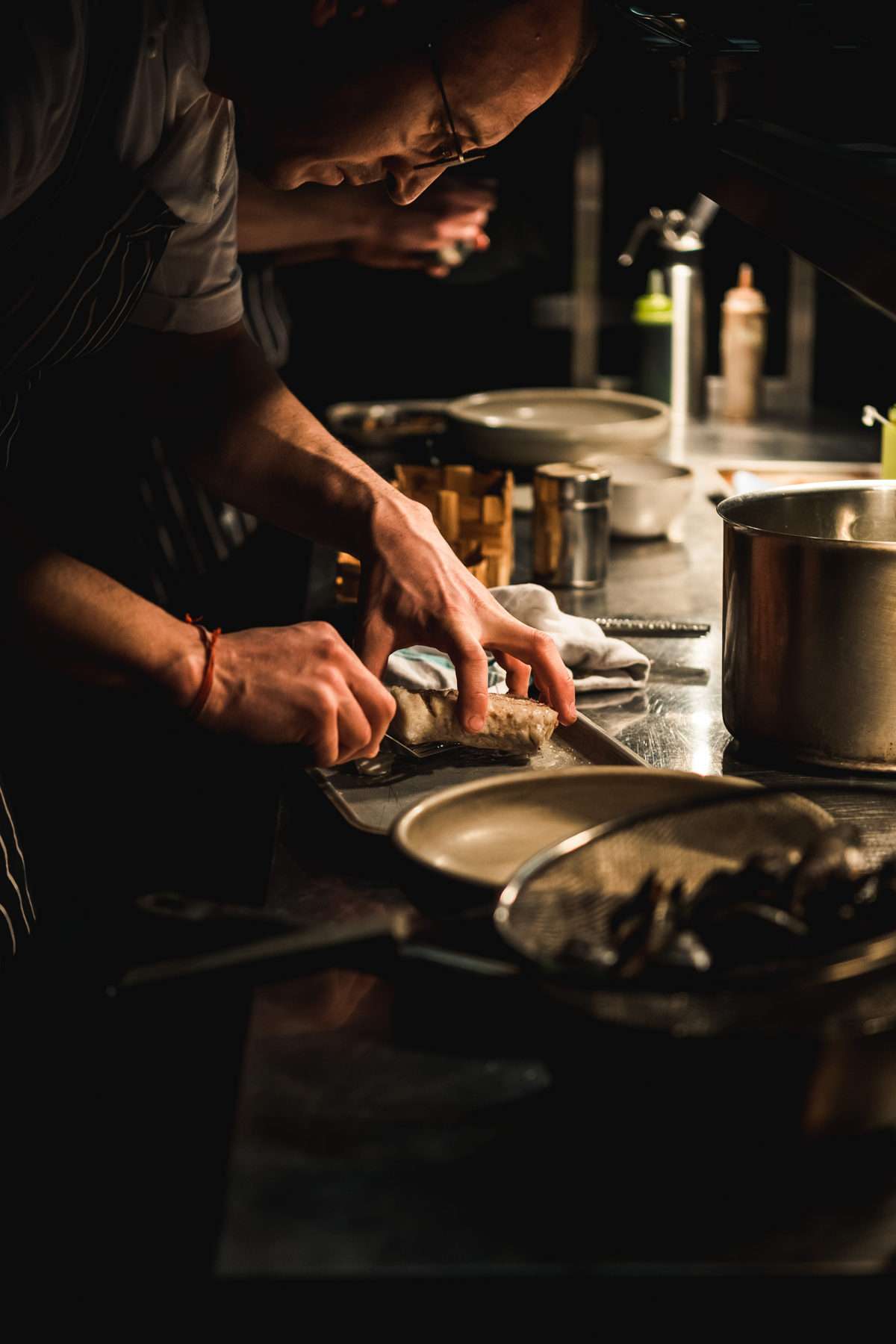
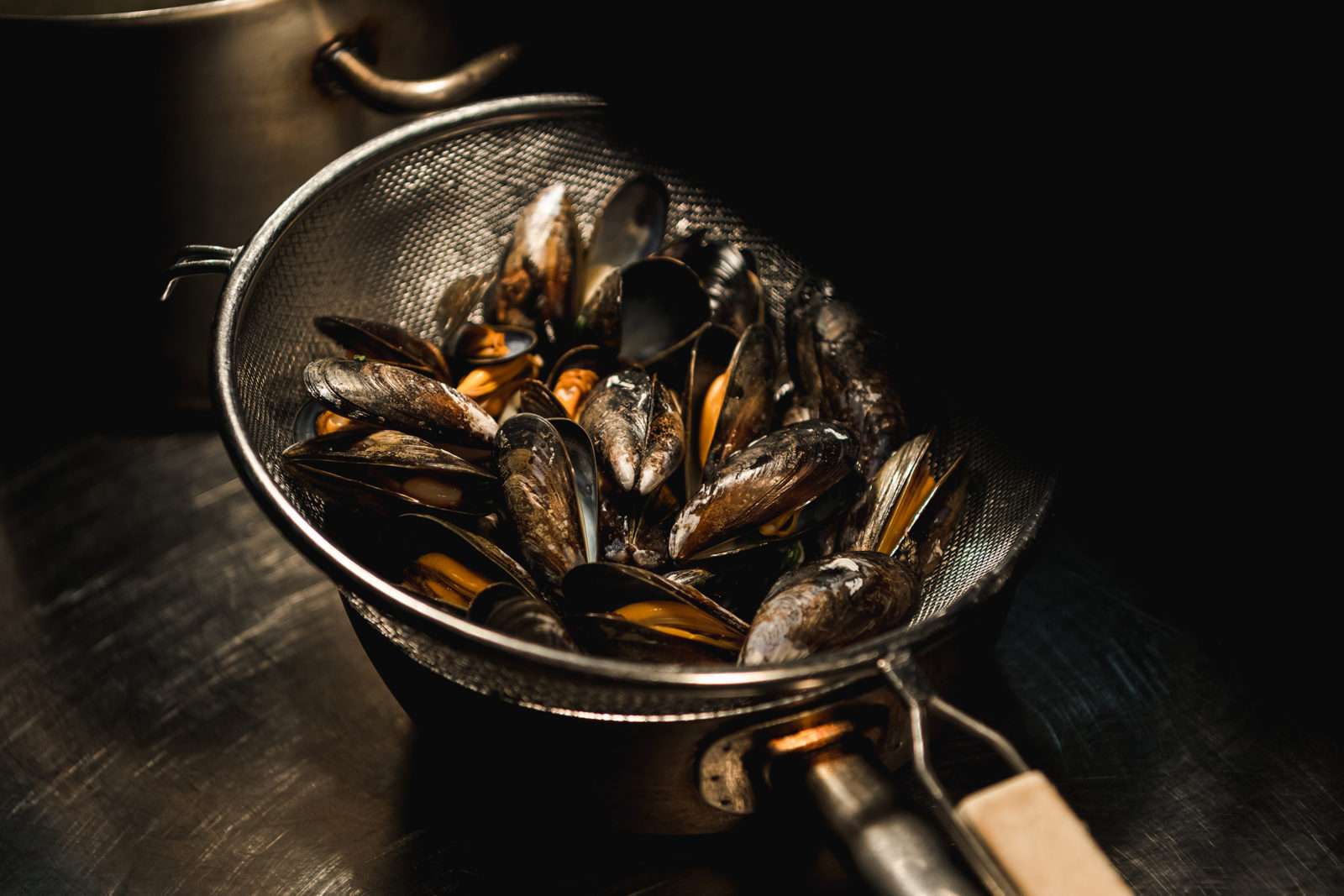
“There’s an abundance of things to find. I could take you for a walk now around Edinburgh and we could create a great salad. If you go across to Arthur’s Seat, which is less than a mile from here, or Black Hill or out to Corstorphine Hill, or down to the Pentlands – all very close to the city centre – there’s great produce.
Ben: “There’s a brilliant Scottish larder with fantastic produce on our doorstep. All our meat and fish is from Scotland, and a vast majority of veggies. Obviously, things like citruses come from Italy, but fish, meat, shellfish and game, is all from Scotland.
“In terms of the style of cooking, the whole Nordic food scene has been a big inspiration, not just for me but culturally too. It made people more aware of what they have on their doorstep.
“And not just the ingredients, but the styles of cooking as well. I mean, Scotland has a very similar climate to the Nordic region, so the preserving methods and cooking techniques are very similar to that ancestrally if you look back. So there’s definitely an affinity to what we do here and what a contemporary restaurant might be doing in Scandinavia because in terms of climate and produce, we’re very similar.”
Andrew: “The last few months during lockdown have been interesting and challenging certainly but we just kind of move on.
“We immediately began to think, ‘Ok, once this is over, what are people going to want to do? Are they going to feel nervous about going out? Probably, yes. Are we still going to have to social distance? I think all the time we thought, whatever we do, our priority is that our guests are safe and feel comfortable.
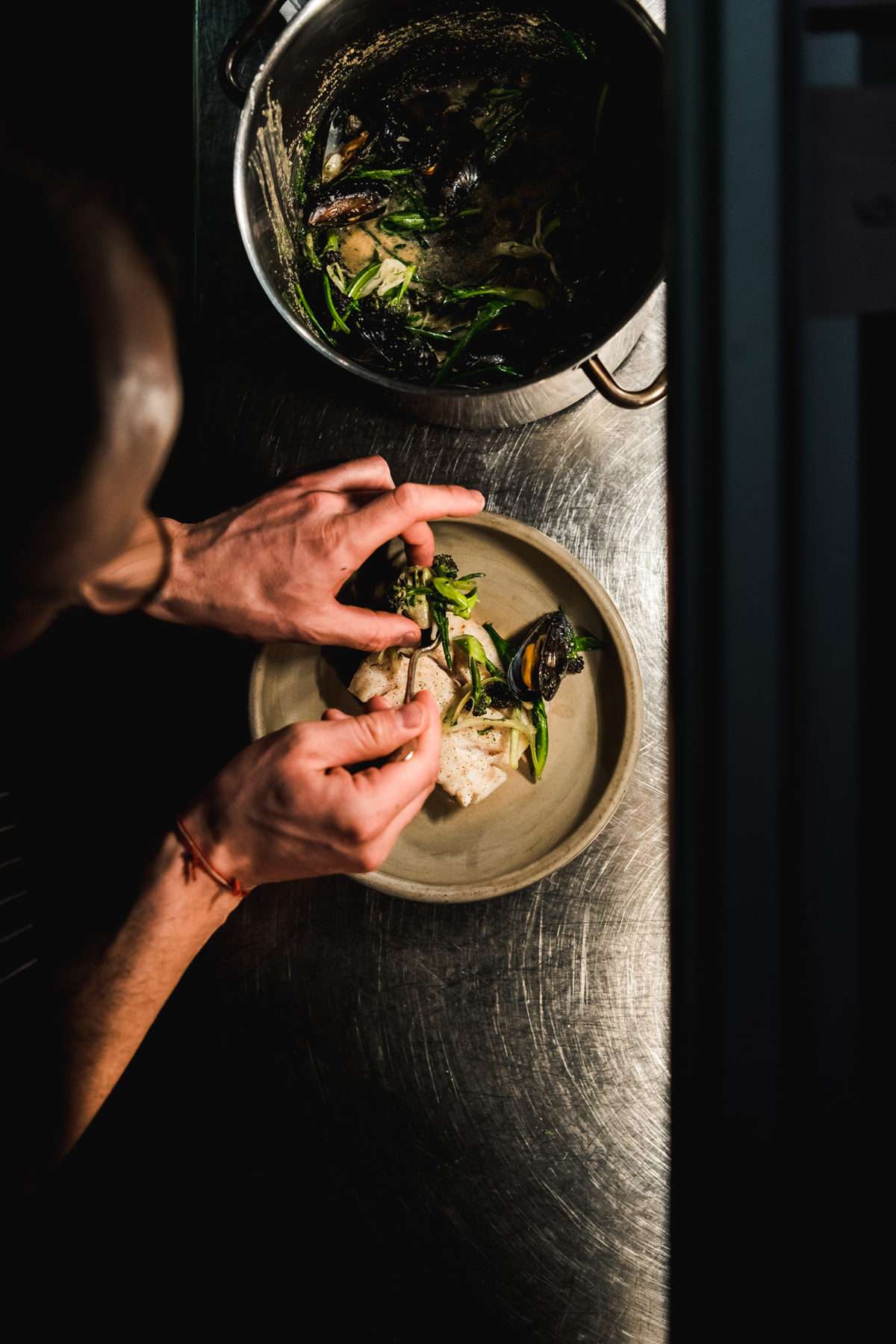
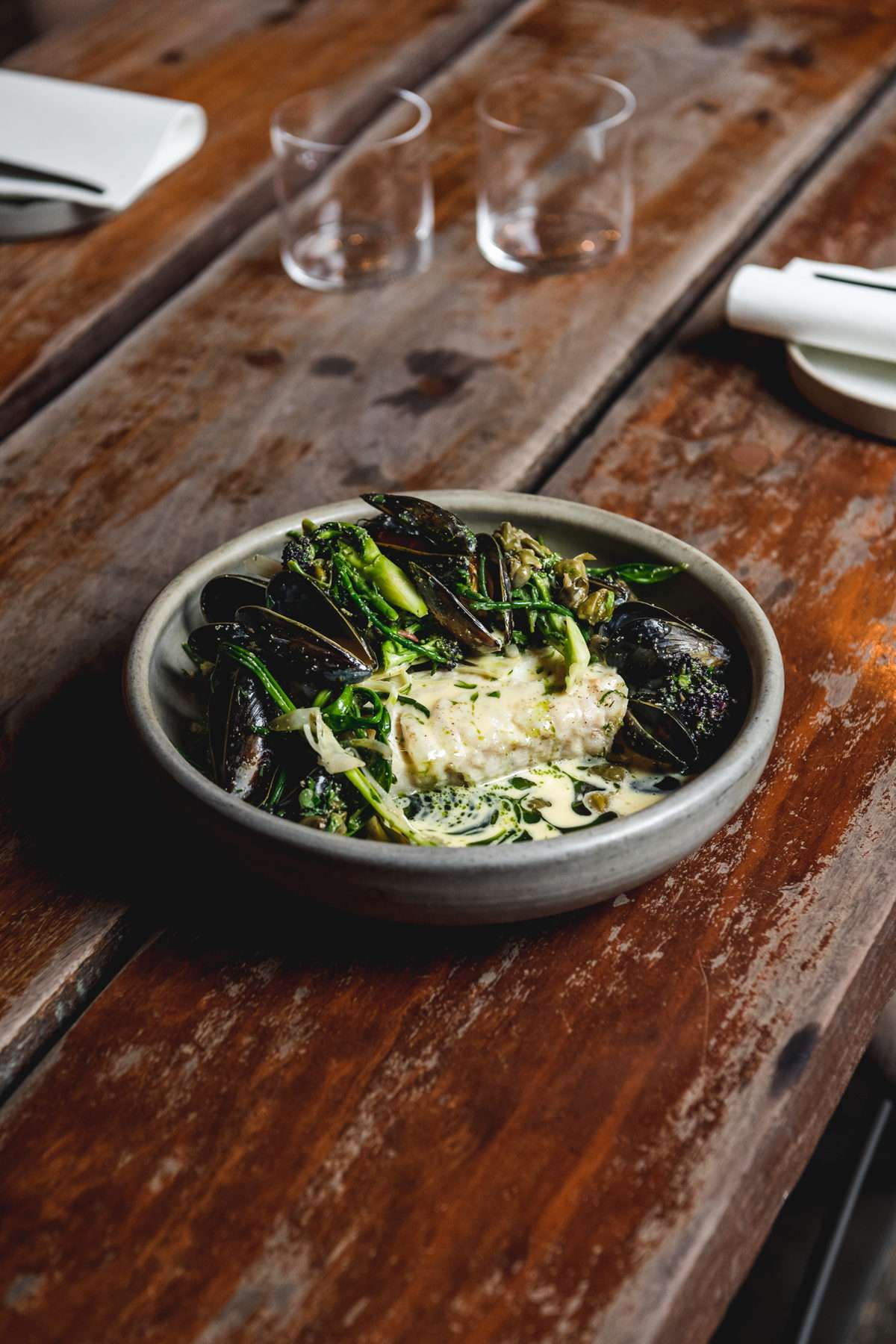
“We reopened the other night and the response was very favourable. We had a nice evening, with people sitting outside, windows open, fresh air and lots of space, which we’re lucky to have here. It really hasn’t changed that much, apart from the number of tables. And we’re not taking coats, pouring wine or water – so it’s a simpler, easier style of service that seems to work.
“There’s going to be some sort of impact on everyone, I think, on how we want to spend our time and money. So, we’ve deliberately reduced the menu and focused on à la carte options.
“As times change, I think it will be seen as probably quite ‘now’ to eat less expensively. In London, places like Westerns Laundry, Bright and The Laughing Heart have really got on top of what’s happening – the way forward is casual, affordable neighbourhood restaurants and not two-star Michelin menus for £300. Cheaper, easier and simpler – it’s all about enjoying time out but without the fanfare.
“It’s still very much homegrown here. To have reopened this family-run space in a different guise while we’re still in this worldwide crisis is quite an achievement, and I think we can congratulate ourselves for that. That’s how we’re moving forward: with positivity. Because what’s the alternative? You have to be optimistic. These are extremely challenging, but also exciting times.”
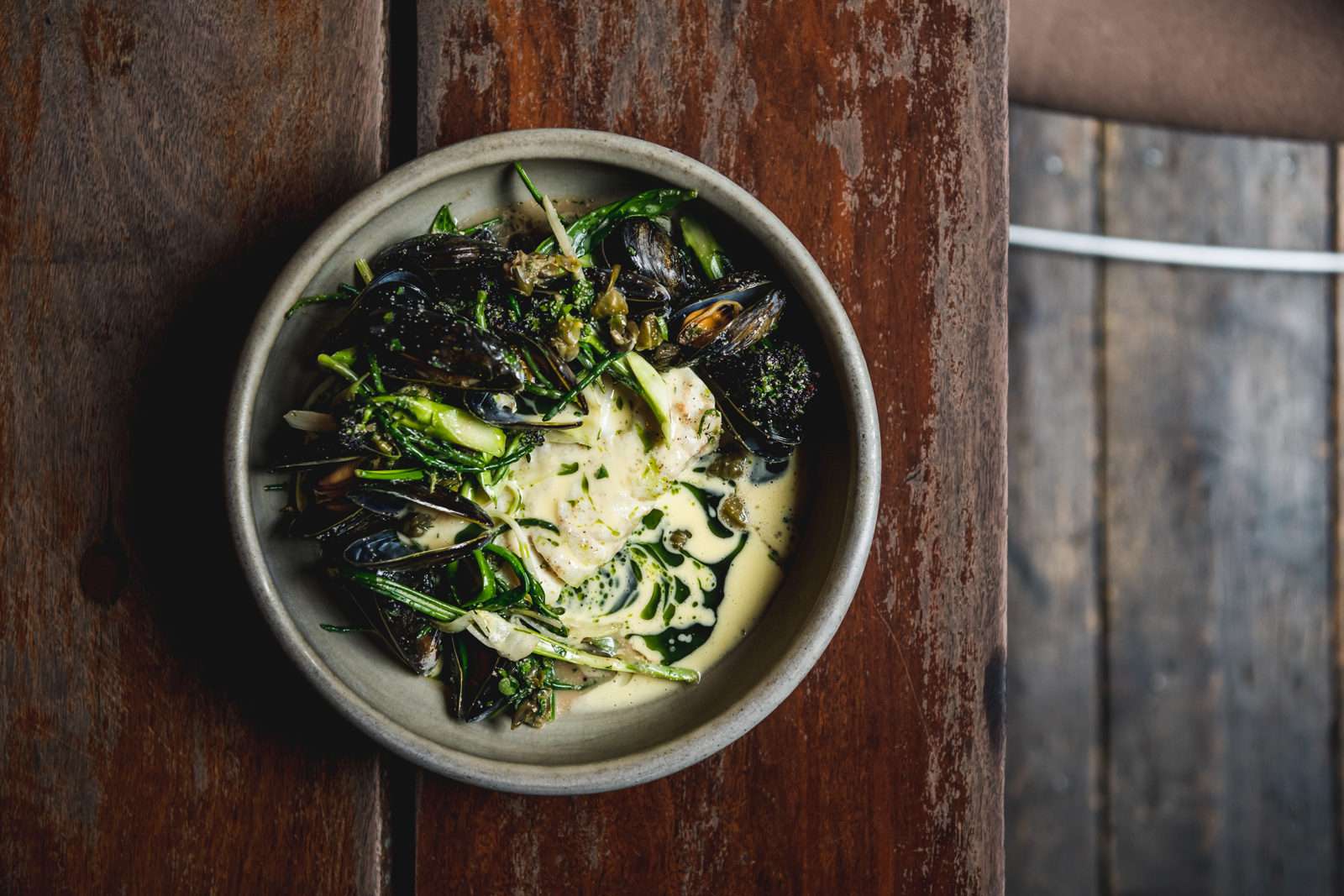
Ben: “There are just three parts to this and a handful of ingredients, the vast majority you can buy in supermarkets. It’s very simple and if any ingredient is not available, you can easily incorporate something else into it. Work with what you’ve got.”
1kg coley, filleted
500g mussels, cleaned
200ml cider or white wine
1l vegetable or rapeseed oil
3 sprigs thyme
3 cloves garlic (crushed and chopped)
1/2 cup of chopped dill and parsley
1/2 cup samphire or similar sea herb
250g purple broccoli (blanched)
50g butter
2tbsp capers
50g smoked cod’s roe (cleaned)
1 lemon
Seasonal greens (e.g. wild garlic, chard, spinach or kale)
Salt and pepper
Heat the oil in a large pot to approximately 100°C. Submerge the coley and cook for four-six minutes, or longer depending on size and preference. The fish should be beginning to flake. Season and squeeze lemon on the fish to taste.
MusselsHeat a large pot on high heat. Add the thyme, cider, mussels and garlic. Place a lid over the pot and allow the mussels to steam until cooked. The mussels should be open once cooked. Strain the mussels off and retain the liquid.
SauceUsing the same large pot, heat the liquid from the mussels and reduce by half. Add the cod’s roe, a good squeeze of lemon and whisk in the butter. Add the broccoli, greens/herbs, capers and the cooked mussels (in or out of shells, depending on preference).
To serveSpoon the sauce and its contents over the cooked coley and serve on its own, or with sourdough bread and accompanying sides. Any additional garnish or dressings can be added to taste.
